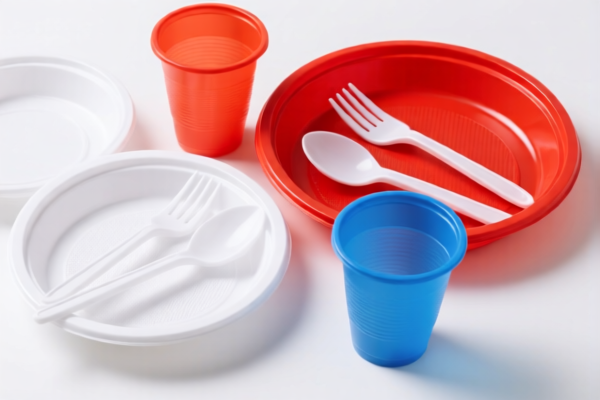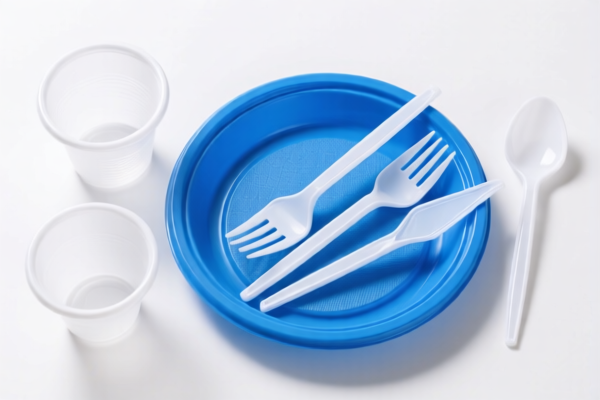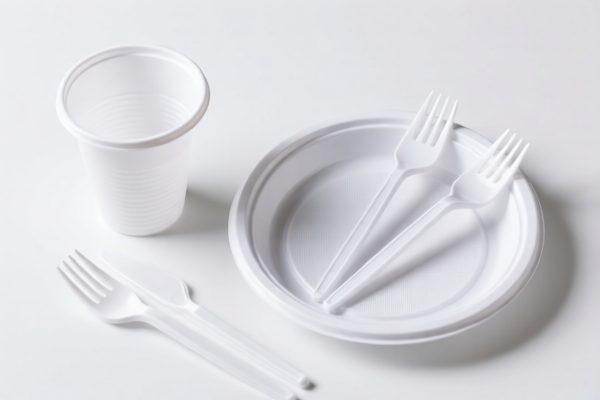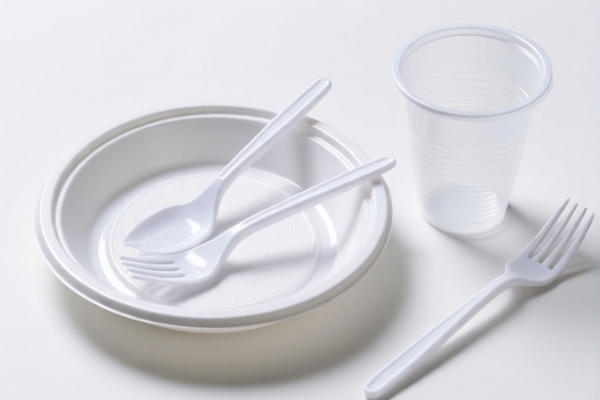| HS Code | Official Doc | Tariff Rate | Origin | Destination | Effective Date |
|---|---|---|---|---|---|
| 4202995000 | Doc | 62.8% | CN | US | 2025-05-12 |
| 4202999000 | Doc | 75.0% | CN | US | 2025-05-12 |
| 3923210080 | Doc | 58.0% | CN | US | 2025-05-12 |
| 3923210095 | Doc | 58.0% | CN | US | 2025-05-12 |
| 3919905060 | Doc | 60.8% | CN | US | 2025-05-12 |
| 3919901000 | Doc | 61.5% | CN | US | 2025-05-12 |
| 6305900000 | Doc | 43.7% | CN | US | 2025-05-12 |
| 6305390000 | Doc | 45.9% | CN | US | 2025-05-12 |
| 4819400020 | Doc | 55.0% | CN | US | 2025-05-12 |
| 4819400040 | Doc | 55.0% | CN | US | 2025-05-12 |
| 4823908000 | Doc | 55.0% | CN | US | 2025-05-12 |




Fresh Keeping Bag
A fresh keeping bag is a type of packaging designed to extend the shelf life of perishable foods by controlling the environment within the bag. These bags are commonly used for storing fruits, vegetables, meats, and other items prone to spoilage.
Material:
- Polyethylene (PE): The most common material due to its low cost, flexibility, and ability to create a moisture barrier. Often used for general-purpose bags.
- Polypropylene (PP): Offers better heat resistance and strength than PE, suitable for freezer storage.
- Low-Density Polyethylene (LDPE): More flexible and transparent than standard PE.
- High-Density Polyethylene (HDPE): Stronger and more rigid, often used for heavier items.
- Ethylene Absorbing Materials: Some bags incorporate materials like potassium permanganate or activated carbon to absorb ethylene gas, a key contributor to fruit ripening and spoilage.
- Antimicrobial Materials: Certain bags contain antimicrobial agents to inhibit the growth of bacteria and mold.
- Biodegradable/Compostable Plastics: Increasingly available, made from plant-based materials like cornstarch, offering an environmentally friendly alternative.
Purpose:
The primary purpose of a fresh keeping bag is to slow down the degradation process of food, extending its usability. This is achieved through several mechanisms:
- Moisture Control: Maintaining optimal humidity levels prevents dehydration or excess condensation.
- Gas Regulation: Controlling the levels of oxygen, carbon dioxide, and ethylene.
- Barrier Protection: Shielding food from external contaminants like bacteria, mold, and odors.
Function:
Fresh keeping bags function by creating a modified atmosphere around the stored food.
- Ethylene Absorption: Bags with ethylene absorbers delay ripening and senescence in fruits and vegetables.
- Moisture Retention: Bags help to maintain the water content of foods, preventing wilting or drying out.
- Reduced Oxygen Exposure: Lowering oxygen levels slows down oxidation and microbial growth.
- Containment: Prevent cross-contamination and odor transfer.
Usage Scenarios:
- Refrigerator Storage: Extending the life of fruits, vegetables, and leftovers.
- Freezer Storage: Preventing freezer burn and maintaining food quality for longer periods.
- Pantry Storage: Protecting dry goods from pests and moisture.
- Travel/Picnics: Keeping food fresh during transport.
- Meal Prepping: Portioning and preserving prepared meals.
Common Types:
- Zip-Top Bags: Reusable and resealable, available in various sizes.
- Produce Bags: Perforated bags designed for fruits and vegetables, allowing some airflow.
- Vacuum Seal Bags: Remove air from the bag, creating a near-airtight environment for long-term storage. Require a vacuum sealing device.
- Ethylene Absorbing Bags: Specifically designed to absorb ethylene gas, ideal for storing fruits like apples, bananas, and avocados.
- Reusable Silicone Bags: An eco-friendly alternative to single-use plastic bags.
- Stand-Up Bags: Feature a flat bottom for easy storage and display.
- Block Bottom Bags: Similar to stand-up bags, offering increased stability.
Fresh keeping bags fall under several potential classifications depending on their material composition. Here's a breakdown of relevant HS codes based on the provided information:
- 3923210080: This code covers sacks and bags (including cones) of polymers of ethylene, with no single side exceeding 75 mm in length. This is applicable if the fresh keeping bags are made of polyethylene and are relatively small in size. The basic customs tariff is 3.0%, with additional tariffs of 25.0% and 30.0% post-April 2, 2025, resulting in a total tariff of 58.0%.
- 3923210095: Also for sacks and bags (including cones) of polymers of ethylene, but categorized as "Other". This applies to polyethylene bags that do not meet the size restriction of 75mm or more on any side. The tariff structure is identical to 3923210080: 3.0% basic tariff, plus 25.0% and 30.0% additional tariffs, totaling 58.0%.
- 4819400020: This code applies to other sacks and bags, including cones, made of paper, paperboard, cellulose wadding or webs of cellulose fibers; shipping sacks and multiwall bags, other than grocers' bags. If the fresh keeping bag is made of paper, this HS code is applicable. The basic customs tariff is 0.0%, with additional tariffs of 25.0% and 30.0% post-April 2, 2025, resulting in a total tariff of 55.0%.
- 4819400040: This code covers other sacks and bags, including cones, made of paper, paperboard, cellulose wadding or webs of cellulose fibers. This applies to paper bags that do not fall under the specific category of shipping sacks and multiwall bags. The tariff structure is identical to 4819400020: 0.0% basic tariff, plus 25.0% and 30.0% additional tariffs, totaling 55.0%.
It is important to determine the precise material composition of the fresh keeping bags to ensure accurate classification.
Customer Reviews
No reviews yet.